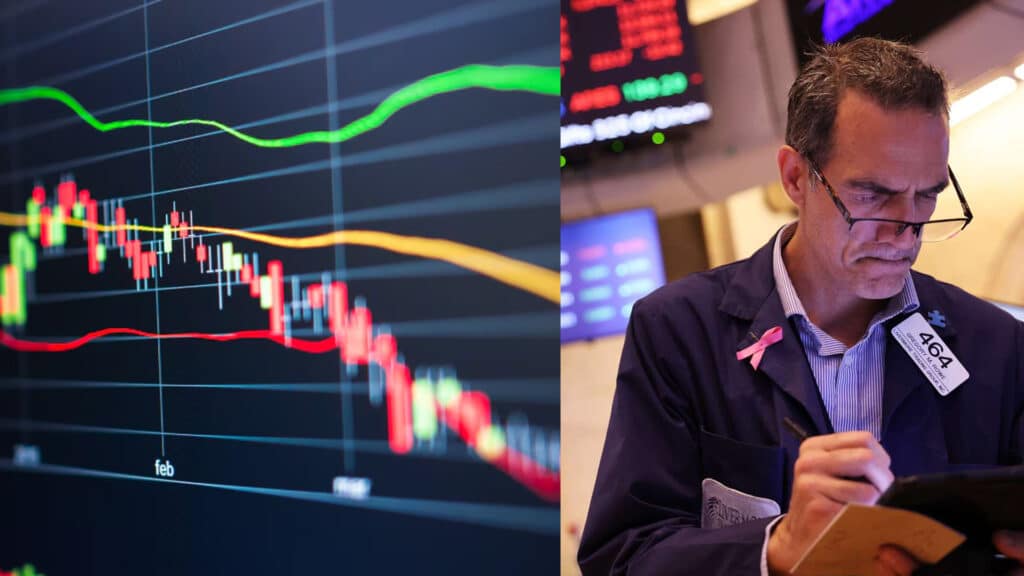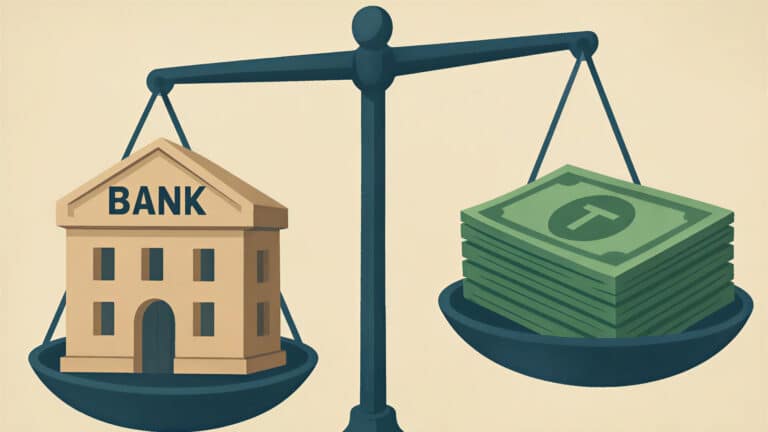
The stock market liquidity in Kazakhstan is “extremely low,” according to Sergey Lyalin, the founder of Cbonds, who took part in the Capital Markets Kazakhstan conference. He believes that an investment of between $100,000 and $200,000 would be enough to improve the situation.
«The total trading volume of the securities on the Kazakhstan Stock Exchange (KASE) index is about $1.015 million. There are some individuals whose private portfolios exceed the million-dollar mark. I believe that an investment of $100,000 to $200,000 would be enough to influence the market. In other words, there are many investors who can add or withdraw several percentage points from the KASE index. This is clear evidence of extremely low liquidity,» Lyalin highlighted.
The same applies to corporate bonds. Drawing from his own experience, Lyalin notes that acquiring such securities for around $200 is an “uphill battle.” He believes that Kazakhstan needs to expand market depth and improve liquidity.
Currently, there are around 1,687 instruments traded and more than 30 listed securities on the exchange. As KASE Chair Alina Aldambergen noted, liquidity parameters define the number of instruments traded in the T+2 day. Currently, there are 290 instruments traded in this mode. Although individual investors continue to appear, not all of them invest actively. Recent data shows that around 150,000 investors operate in the exchange market, with 9,200 deals occurring daily and trade volumes of $3.27 billion on average.
«Rising liquidity in the markets is an essential task for us. We already can see positive dynamics in this area; for the last five to seven years, we had a rather high liquidity in the sector. However, this year we see it decreasing, which is evident from the monetary market dynamics. The participation of foreigners is still low, but we are working on it. Attracting them to the public securities market would be a better success. On the stock market, it all depends on the attractiveness of issuers and their number. Also, dual listing affects the fact that many people trade on the London Stock Exchange (LSE),» Aldambergen noted.
Adil Mamazhanov, deputy director of the securities market department at the Agency for Regulation and Development of the Financial Market of Kazakhstan (ARDFM), reported that the total capitalization of the stock and bond markets is $96.28 billion, accounting for 37.6% of Kazakhstan’s GDP. The number of accounts in the Central Securities Depository (CSD) has shown growth over the past three years. From January to September, the stock market grew by a quarter year-on-year to $67.35 billion, while the volume of debt financing nearly tripled to $4.29 billion.
The ARDFM plans to increase liquidity in the securities market by issuing a guidebook covering the local bond market and designed for foreign investors. The project is going to be implemented in collaboration with the Asian Development Bank along with a roadmap for the bond market development. The regulator also suggests drafting legislation on credit rating agencies, including laws and statutory instruments for securities market development.
In turn, Olzhas Igsatov, head of the Money and Credit Operations and Gold-Value Assets Division at the National Bank of Kazakhstan, announced that Kazakhstani public assets are set to be included in the JP Morgan index. One of the requirements for inclusion is having three securities valued at over $1 billion.
Moreover, the government is in the process of amending the country’s legislation to allow Euroclear and Clearstream to open accounts directly in the Central Securities Depository of Kazakhstan (CSD). There are also plans to establish a primary dealer institution and continue transferring state fund assets to private entities. As of August 2024, assets from eight funds worth approximately $1.351 billion have been transferred to the competitive market, with an additional tranche of $7.35 billion planned for 2025.













